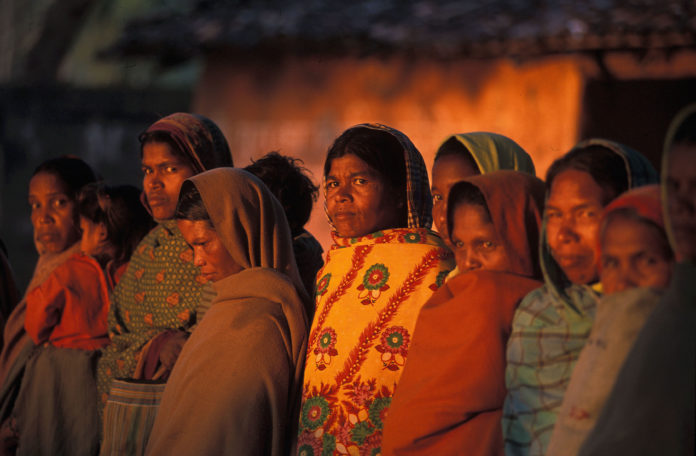Hysterectomy is one of the ‘moral hazard’ procedures in insurance parlance which means that likelihood of a patient undergoing it goes up when she can afford it
Women of 45 years and above are more likely to have undergone a hysterectomy if they are residents of southern or western India, a study has found. These also happen to be regions where quality and accessibility of healthcare services is relatively better.
“Heavy menstrual bleeding/pain (32.1%), fibroids/cysts (24.2%) and uterine prolapse (16.3%) are the most cited reasons for surgeries. Overall, 11.5% is the countrywide hysterectomy prevalence rate while the southern (18.2%) and western (12.7%) Indian regions reported the highest prevalence. A significant proportion of these may be attributed to unnecessary rampant surgeries prescribed by doctors in certain parts of India, summoning strict regulation by the government,” says the study which was published in the journal Women’s Reproductive Health. It was conducted by researchers from the International Institute for Population Sciences (IIPS), Indian Institute of Public Health, Gandhinagar and the National Institute of Health and Family Welfare found.
Unnecessary hysterectomies have been flagged as a issue of public health concern by health experts over the years. It is also one of the procedures that in insurance parlance are known as “moral hazard” which is a term used for procedures that are pushed by doctors even in patients where it is not essential.
Despite the health benefits, hysterectomy also has several long-term ramifications on women’s health, longevity, and quality of life. Some of the adverse health concerns that arise after a hysterectomy even when medically necessary, include early menopause, increased risk of cardiovascular disease, increased risk of stroke, urinary incontinence, obesity, endocrine and metabolic complications, and loss of sexual desire. This is the first analysis of hysterectomies using nationally representative data.
The survey data covered different regions in India and classified them into the fol- lowing regions: North (Chandigarh, Delhi, Haryana, Himachal Pradesh, Jammu and Kashmir, Punjab, Rajasthan, Uttarakhand); Central (Chhattisgarh, Madhya Pradesh, and Uttar Pradesh); East (Bihar, Jharkhand, Odisha, West Bengal); Northeast (Arunachal Pradesh, Assam, Manipur, Meghalaya, Mizoram, Nagaland, Tripura); West (Dadra and Nagar Haveli, Daman and Diu, Goa, Gujarat, Maharashtra); South (Andaman and Nicobar Islands, Andhra Pradesh, Karnataka, Kerala, Lakshadweep, Puducherry, Tamil Nadu, Telangana).
“Our data revealed a disparity in hysterectomy prevalence between urban and rural residents. Women living in urban areas were more likely to report having had a hys- terectomy as compared to women from rural areas. This was also documented by a study conducted in China among rural women (Liu et al., 2017). It may be because of the flour- ishing private health-care facilities in the cities and towns and relatively higher income and greater affordability among the urban women than their rural counterparts (Shekhar et al., 2019), increasing the risk of hysterectomy for the latter group. It was also observed that highly educated women were less likely to report undergoing hysterectomy. A plaus- ible explanation may lie in the fact that educated and urban women have better access to health-care services owing to higher disposable income, enabling them to avail themselves of medical assistance at the initial stages of health concerns,” researchers wrote.


